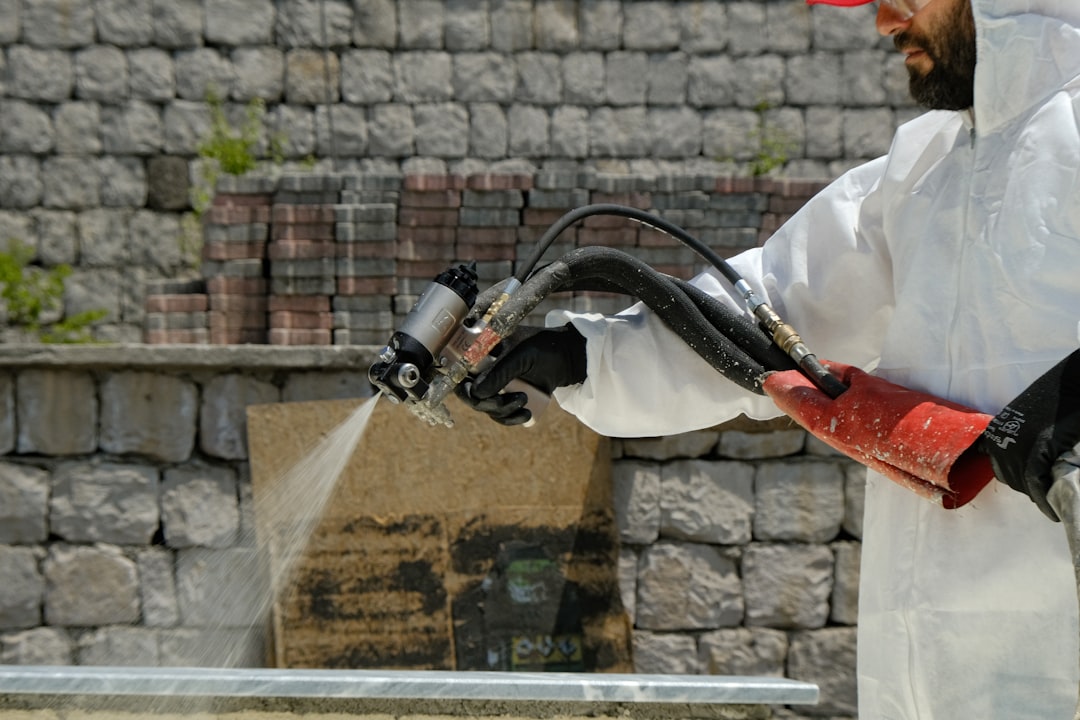What is it about?
The reaction between 4,5,6,7-tetrahydro-2-(4,5,6,7-tetrahydro-1,3-benzodithiol-2-ylidene)-1,3-benzodithiole (common name: 4,4′,5,5′,6,6′,7,7′-octahydrodibenzotetrathiafulvalene, OMTTF) and an excess of iodine in tetrahydrofuran (THF) yielded the respective radical organic polyiodide salt, C14H16S4+·I3−. The asymmetric unit contains one and a half formula unit of both the cation and the anion, with the half-ions completed through inversion symmetry. The (OMTTF^\bullet+) positive charge can be assigned by the bond distances and the planar structure of the C2S2C=CS2C2 central fragment. In the crystal, trimers of triiodide anions are connected through secondary intermolecular I...I interactions into almost linear I93− polyanions. The non-centrosymmetric OMTTF radical cations are linked by S...S interactions into centrosymmetric dimers, while the centrosymmetric OMTTF cations remain as discrete units. The (OMTTF^\bullet+) radical cations and the triiodide anions are linked by weak C—H...I and C—H...S interactions into a three-dimensional network. This work reports the fourth crystalline modification of the C14H16S4^\bullet+·I3− salt.
Featured Image
Read the Original
This page is a summary of: Synthesis, crystal structure and Hirshfeld analysis of a new crystalline modification of the radical ion salt octamethylenetetrathiafulvalenium triiodide (OMTTF)I3, Acta Crystallographica Section E Crystallographic Communications, October 2018, International Union of Crystallography,
DOI: 10.1107/s2056989018013907.
You can read the full text:
Contributors
The following have contributed to this page










